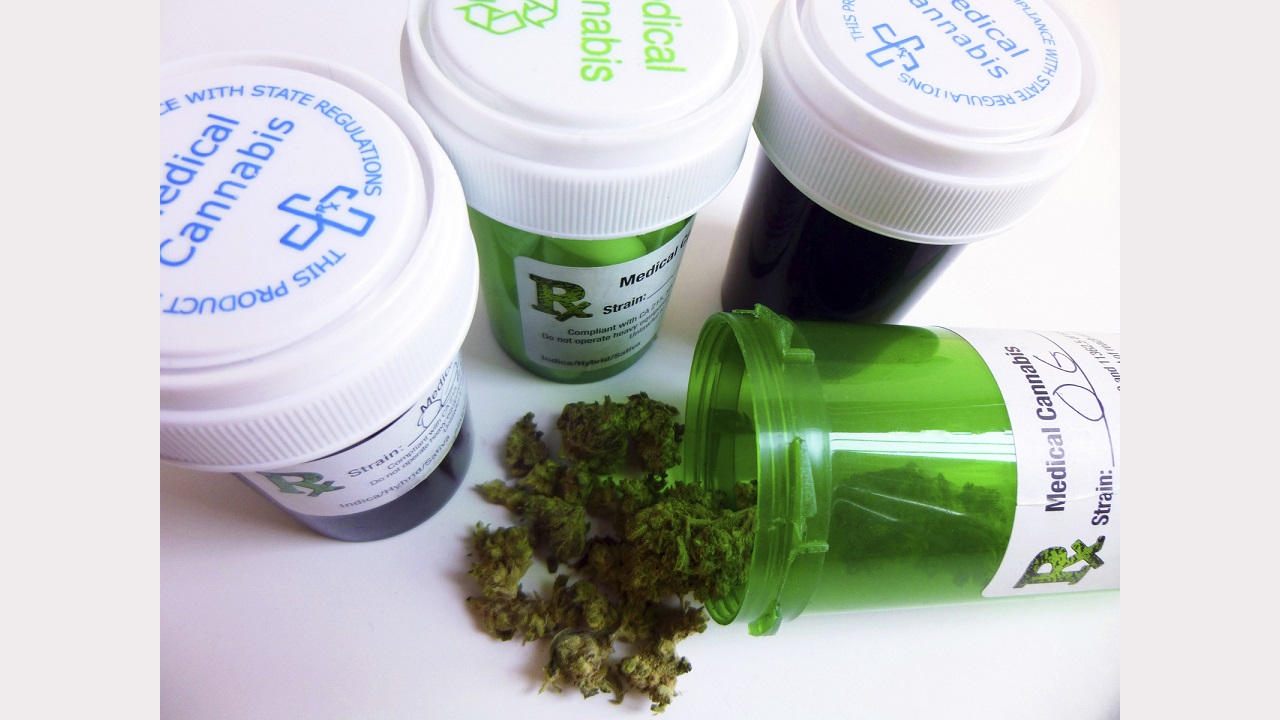Medicinal cannabis in palliative care; update from trial leader
Medicinal cannabis in palliative care; update from trial leader
by Heather Wiseman
Monday, November 07, 2016
Newspaper headlines about new cannabis laws may have left you with the impression that it is easy for terminally ill people to access the drug, provided they have their GP’s support. However, achieving access to cannabis-derived medications is not straightforward, and won’t be for some time, according to an Australian palliative care expert.
Professor Meera Agar is leading a NSW Government-funded trial evaluating the use of medicinal cannabis in palliative care patients. She is also professor of palliative medicine at the University of Technology’s Centre for Cardiovascular and Chronic Care, and conjoint associate professor at University of NSW.
Issues with supply
Professor Agar said medical-grade plant products are still not produced locally. While Australia has recently legislated to allow for controlled cultivation of cannabis for medicinal and related scientific purposes, a viable industry is still some way off.
In the meantime, safe and legal cannabis plant products can only be imported from a country where cultivation and manufacturing meets the requirements for medicinal-grade product. Complicating importation further, the country where the product is being made has to have sufficient supply and export provisions in place.
New laws cover products not yet evaluated
Recent federal and state legislative changes affect medicinal cannabis botanical products and extracts which have not been evaluated by the Therapeutic Goods Administration (TGA) for quality, safety and efficacy. Because they have not been evaluated by the TGA they are not listed on the Australian Register of Therapeutic Goods.
Federal legislation allows doctors to now prescribe these imported, medical-grade products under specific conditions and most states and territories have implemented regulations to support this. However, doctors need to provide sufficient evidence that use of an unregistered cannabis-based product is warranted for each specific patient they are prescribing for, balancing potential harms and benefits. It will be expected that patients have tried standard medical treatments.
Meanwhile, Professor Agar said there are risks in using black market or unregulated cannabis or cannabis-based products. There is significant variability in quality and composition, potential contamination and potential for negative interactions with prescribed medications.
“Patients and clinicians are confused. Many have misunderstood the legislation thinking that they can buy their own product off the street, but that remains illegal and is not safe,” she said.
Medical-grade products different to standard plants
A core challenge in delivering botanical cannabis safely to patients is the variation in cannabinoid content that occurs from one plant to the next. This can lead to benefits and side effects that are inconsistent and unpredictable. Additional problems with unregulated products include pesticide content and, without careful storage, degradation, moulds and fungus.
By contrast, medical-grade products meet stringent requirements. They are free of contaminants, which is confirmed by a range of tests, analysis and inspections. They also have standardised cannabinoid content; the exact content of tetrahydrocannabinol (THC) and cannabidiol (CBD) is known.
“There is a huge amount of science that goes into developing a plant product where the THC and CBD content is known and consistent,” Professor Agar said.
Which cannabinoids are best for different symptoms
Professor Agar said worldwide there is a lack of evidence about the efficacy, safety and long-term side effects of cannabis-based therapies.
In terms of palliative care, better understanding is needed of how plant products might relieve nausea or pain, or increase appetite, without side effects. Research is yet to help clinicians understand how to optimise the dose, the best route of delivery given when the cannabinoids start to act, the time that peak levels occur and the length of time they are active.
So far, research has largely focussed on just two cannabinoids; THC and CBD. However, there are about 100 cannabinoids in each plant and they act on different areas of the brain. For example, scientists are exploring specific cannabinoids in epilepsy but they might not have the same potential as others to reduce pain.
Professor Agar said rigorously controlled clinical trials take time, but this research will enable better understanding of unwanted side effects, ideal dosages and frequencies, formulation, delivery and appropriate cannabinoid content.
“There are clinical trials underway to clarify what the best practice care is currently for specific conditions and symptoms, when a cannabinoid may be indicated and what products may be suitable,” said Professor Agar.
The NSW trial
The trial Professor Agar is leading will assess whether a vaporised cannabis product can enhance the quality of life for terminally ill adult cancer patients in the final stages of life – particularly by improving appetite and appetite-related symptoms.
The trial will help answer important questions about safety, efficacy, dosage and frequency, side effects and what the best delivery mode might be.
Part one of the trial will enrol about 30 patients with advanced cancer who will receive the product, imported from the company Bedrocan in the Netherlands. It will be conducted at the Calvary Mater Newcastle Hospital and Sacred Heart Health Service.
Professor Agar said using vaporised cannabis doesn’t have the respiratory risks of smoking, allows reliable dosage and is suitable for patients who may have difficulty swallowing. The study aims to deliver therapeutic concentrations of THC and other cannabinoids before meal times. It will assess a detailed profile of cannabinoids in the blood stream following the dose and the impact on food enjoyment and the type of food patients then eat.
Depending on the results, part two of the trial may then enrol a larger group of patients from several major hospitals across NSW.
